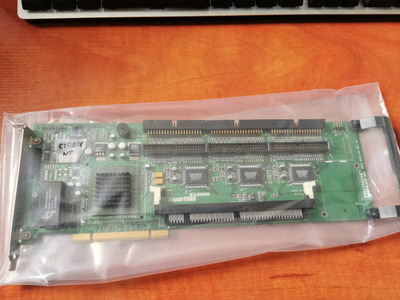Tetrium wrote on 2021-11-28, 10:01:
Well, putting a V800 engine into a lawnmower doesn't automagically make it teh fastast lawnmower in all of whooman history 😜
You're right.
You'll need a jet engine!

stef80 wrote on 2022-04-25, 07:48:
Does anybody have more info on EPoX EP-51MVP3E-M. Good, bad or in-between? It has 1MB of L2 and supports K6-3+ / 127GB disks with latest bios.
It's either that or DFI K6XV3+/66 [512KB L2].
The EPoX only has UDMA33, while the DFI has UDMA66.
As far as I know the DFI K6XV3+/66 is the only SS7 board with UDMA66 and 3 ISA slots (more soundcards!). All other boards I've seen so far either have only one/ two ISA slots or lack UDMA66. I don't see the point in having 6 PCI slots.
The K6XV3+/66 also has variants with 1MB or 2MB cache! But the 2MB variant is very rare. Have only seen one so far and it was described as being defect. Seller stated that it would often freeze during post. Hirsch did bid on it, hoping a recapping might solve the issues, but got outbid. He didn't want to risk too much.
The 512KB and 1MB variants are way more common. We've seen around 10 of them pop up during the last year.
I have three of them. 1x 1MB and 2x 512KB. But one of the 512KB ones isn't working, while the other one needs a recap.
Hirsch also has three, with one being broken. Not sure about the cache. I think his are all 1MB.
It's true that the caps aren't the best. But that's not a reason for/against any board imho. In the log run all old boards will need a recap.
As stated before, it can't go beyond 100MHz FSB.
But it can do something which most SS7 boards can't: Go below 2V.
So you can use one these low voltage 400MHz K6-III at 1.6V. Or downclock+downvolt one of these 570MHz K6-2+. 6x66MHz, since you can change the multiplier via SetMul but not the FSB. At 1.6V you don't even need a heatsink. 😁 But I would still use one as passive cooler.
Excellent choice for a DOS/Win combo machine.


